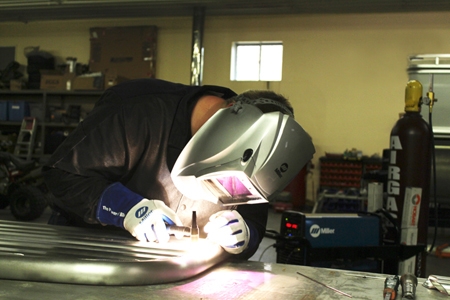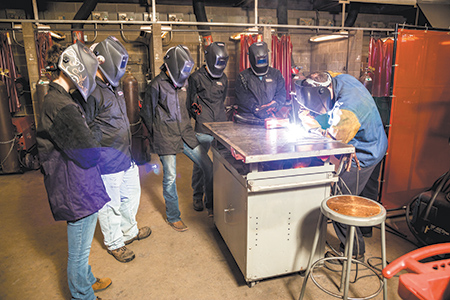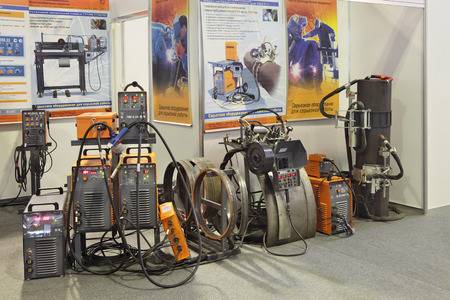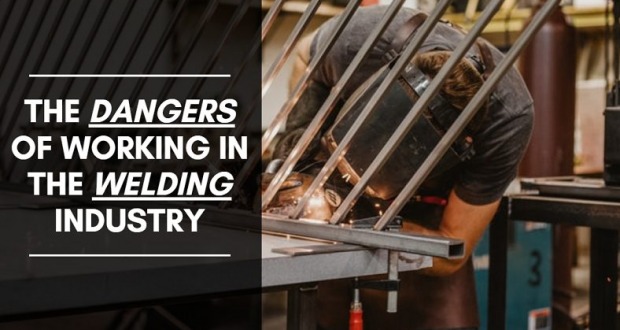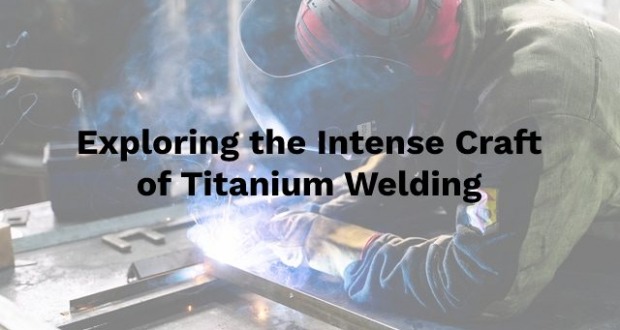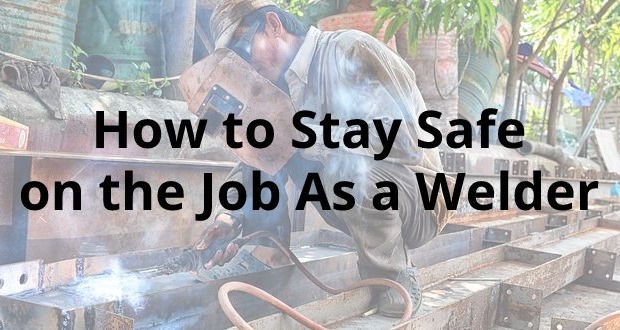One of the many complex processes involved in constructing something is welding. It’s the process wherein two separate pieces of metal are joined together by way of introducing intense heat. The two metals are linked via a particular point or angle, and a filler material is added between them, then the welding gun fires off heat to melt the filler, making the metals bond as it cools. It’s a very complicated process that requires years of training and a license to perform.
Contents
What Are The Different Kinds of Welding?
There are different types of welding used for various purposes. Two of the main kinds are torch welding and arc welding. Both of them use welding guns or torches, but they emit different forms of heat. Torch welding uses an oxyacetylene torch to make the bonds possible. The gas emitted by the welding gun reacts with the oxygen to form the heat needed for the bond. On the other hand, arc welding utilized a consumable wire to create an arc of electricity, reacting with the inert gas and the working material, or the metals to be bonded.
There are two commonly known types of arc welding: MIG, or Metal Inert Gas welding, and TIG, or Tungsten Inert Gas welding. Both of them use a metal electrode and a shielding inert gas, but they serve different purposes. For this article, we’ll be focusing on TIG welding.
What is TIG Welding?
Tungsten Inert Gas welding is a type of arc welding that uses a tungsten or tungsten alloy electrode and Argon as its shielding gas. It is used for bonding metals such as titanium and copper and can be used to weld two different metals together. TIG is a preferable option for more complex welds, especially those involving thin metals. A TIG welder, therefore, must be specially trained to perform the task.
How Does TIG Differ From MIG?
- TIG is better for thinner working materials – When you want to do general welding jobs, you can use MIG welding. But if you’re working with lighter, more delicate metals, the way to go is TIG welding. Since it produces less power than MIG, the arc produced by the tungsten electrode reaction is more suited to create better bonds for thin metals such as aluminum.
- TIG requires a more skilled welder – When you need to have a job that requires TIG welding, the welder should be someone who is trained and experienced enough to do it. Any beginner welder can do MIG welding, but TIG welding is more intricate and requires someone with enough skill. It’s similar to how skilled painters differ from novice ones. Any starting painter can produce a painting of a beautiful landscape, but only skilled painters can create a realistic render of a human.
- TIG welding methods are different – When doing TIG welding, the tungsten electrode is used to create the arc of electricity, but it does not become part of the actual weld. The welder activates a switch to produce the arc. The filler metal is then added to the puddle to create the bond. MIG welding, on the other hand, uses the electrode as its filler metal and the arc is created when the torch and wire touch the working material.
What Materials Are Needed for TIG Welding?
To perform TIG welding, you will need the following materials, aside from the usual welding equipment:
- Tungsten electrode – To perform the TIG weld, you need to have a tungsten electrode. There are different tungsten alloys available, depending on the work you need to do. You can use a pure tungsten electrode if you need to work with aluminum. The wire must also be run through a grinder so that the point can be shaped accordingly. Use a pointed tip to make the arc more direct.
- Argon gas – To make TIG welding possible, you need to have Argon as your shielding gas. You may use pure argon for welding aluminum, while for steel, a mixture of argon and carbon dioxide is advisable. The Argon gas helps make the reaction to produce the electrical arc possible. Without Argon, the weld will corrode quickly due to the rust formed from the intense heat of the weld.
- Appropriate safety equipment – The light and heat produced by TIG welding poses some health and safety risks for the welder. Intense heat can create sunburns, and the light can quickly make someone blind. When doing a TIG weld, make sure to wear overalls and insulated gloves, and have an auto-darkening welding helmet to protect your eyes. When welding in a public space, use a welding screen to protect passers-by.
What Is TIG Welding Used For?
TIG welding is suited for specific jobs that require more intricate welds. Some examples are the following:
- For space vehicles – TIG welding is used when manufacturing vehicles used in space travel. These kinds of vehicles require intricate, high-quality welds to withstand the elements in space, plus they have to be made of light metals like aluminum. Only TIG welding can properly bond thin materials.
- For welding pipes and tubing – To do welds on piping and tubing, which are usually made from thin metals, TIG welding is needed. This is applicable for making the structural framework of bicycles and household plumbing systems.
- For repairs – TIG welding can be used to make repairs on aluminum tools, as well as other equipment made from light metals. The intricacies of the TIG weld allows a welder to do small-scale welds on handheld tools and minuscule equipment, something that may not be possible when using other forms of welding.
Conclusion
Not all types of welds can apply to every job. It’s essential to understand what welding procedure your situation needs, as well as the materials required to get the work done.
To sum everything up, if you’re dealing with thin metals and you need to have welds that are of high quality and less prone to corrosion, TIG welding is the way to go. Just remember that you need to have more training and experience to perform this.

